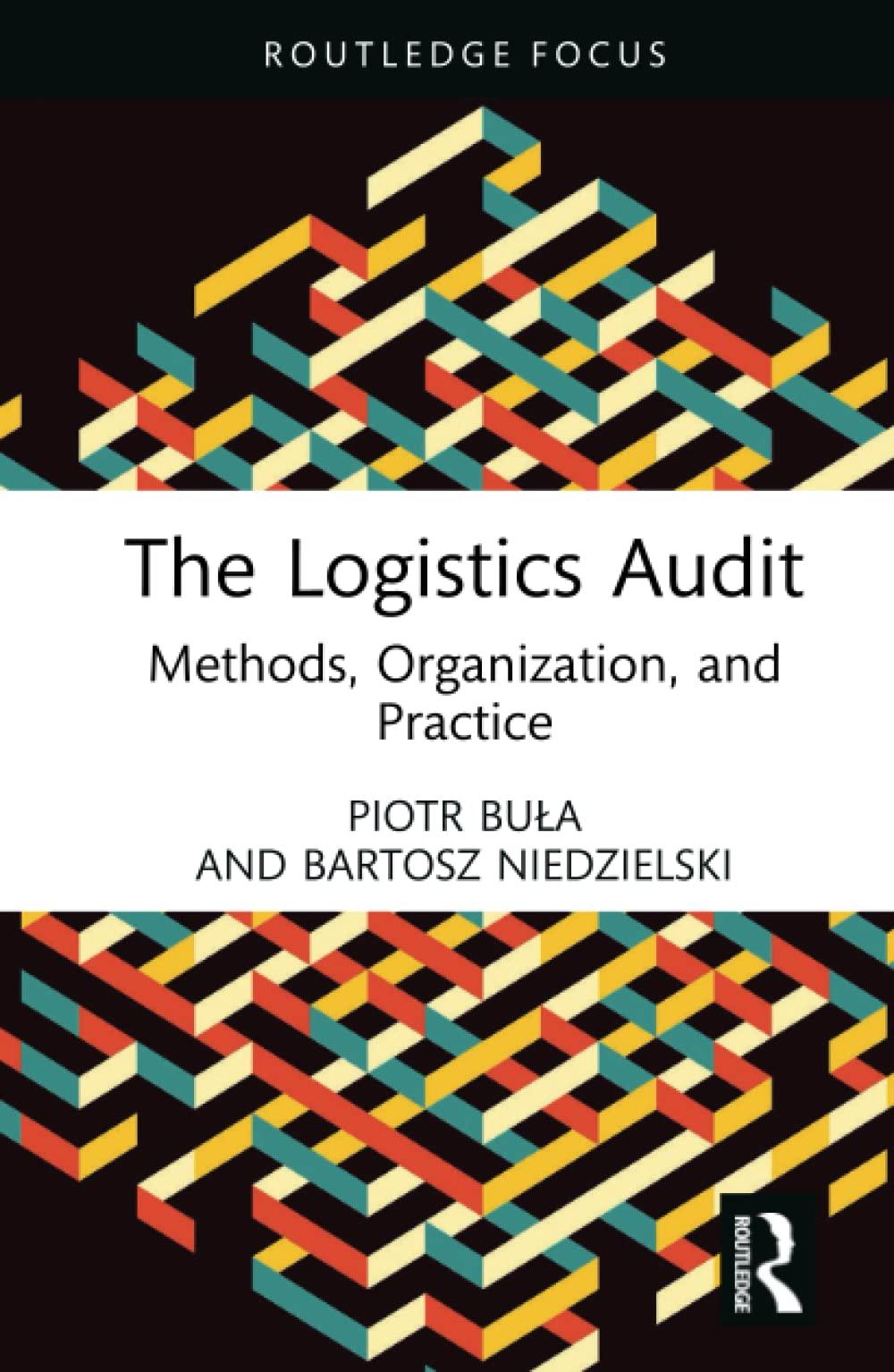6.




Closing the Balances in The Variance Accounts at the End of the Year Yohan Company has the following balances in its direct materials and direct labor variance accounts at year-end: Debit Credit Direct Materials Price Variance $13,550 Direct Materials Usage Variance $1,290 Direct Labor Rate Variance 840 Direct Labor Efficiency Variance $12,400 Unadjusted Cost of Goods Sold equals $1,570,000, unadjusted Work in Process equals $236,000, and unadjusted Finished Goods equals $230,000. Required: 1. Assume that the ending balances in the variance accounts are immaterial and prepare the journal entries to close them to cost of Goods Sold. Note: Close the variances with a debit balance first. If an amount box does not require an entry, leave it blank or enter "0". Cost of Goods Sold 25,950 o Direct Materials Price Variance 13,550 Direct Labor Efficiency Variance 0 0 12,400 Close variances with debit balance 1,290 0 840 0 Direct Materials Usage Variance Direct Labor Rate Variance Cost of Goods Sold Close variances with credit balance o 2,130 Feedback What is the adjusted balance in Cost of Goods Sold after closing out the variances? 1,593,820 Feedback 2. What if any ending balance in a variance account that exceeds $11,000 is considered material? (a) Close the immaterial variance accounts to cost of Goods Sold. (b) Prorate the largest of the labor variances among Cost of Goods Sold, Work in Process, and Finished Goods on the basis of prime costs in these accounts. (c) Prorate the largest of the material variances among Cost of Goods Sold, Work in Process, and finished Goods on the basis of prime costs in these accounts. The prime cost in Cost of Goods Sold is $1,060,000, the prime cost in Work in Process is $165,000, and the prime cost in Finished Goods is $132,000. If an amount box does not require an entry, leave it blank or enter "0" Note: Round all interim calculations to three decimal places, and round your final answers to the nearest dollar. Adjust credit entry for rounding to ensure debits equal credits in journal entry. (a) Direct Materials Usage Variance 1,290 Direct Labor Rate Variance 840 Cost of Goods Sold o 2,130 0 0 (b) Work in Process 1,508 x 0 Finished Goods 1,206 X 0 Cost of Goods Sold 9,686 X 0 Direct Labor Efficiency Variance 12,400 (c) Work in Process 1,648 X 0 Finished Goods 1,318 X 0 Cost of Goods Sold 10,584 X 0 Direct Materials Price Variance 13,550 What are the adjusted balances in Work in Process, Finished Goods, and cost of Goods Sold after closing out all variances? Adjusted balance Work in Process Finished Goods 239,156 x 232,524 x $ Cost of Goods Sold 1,588,140 X










